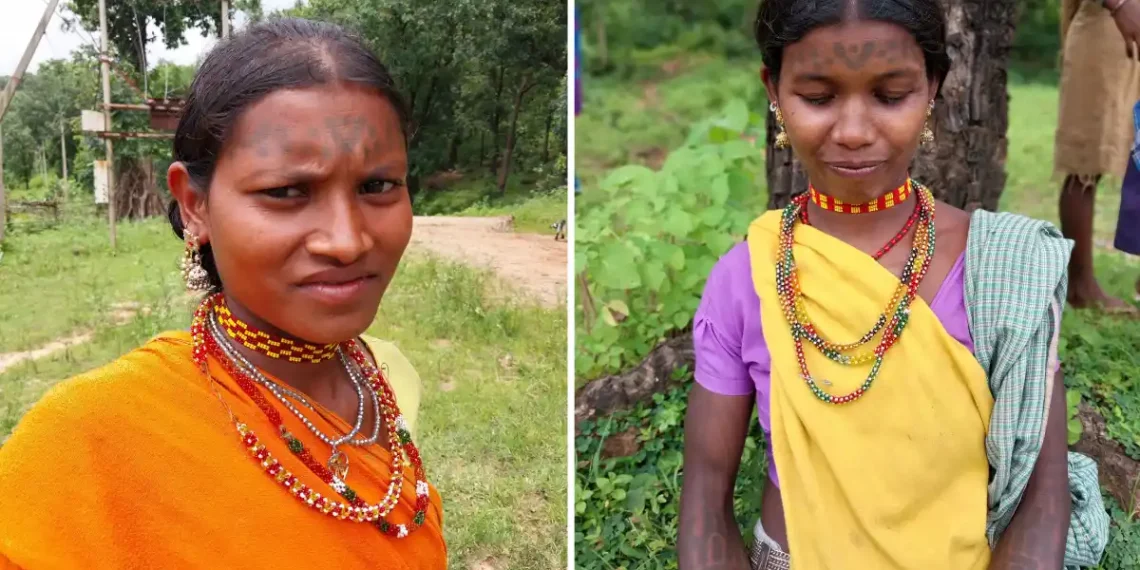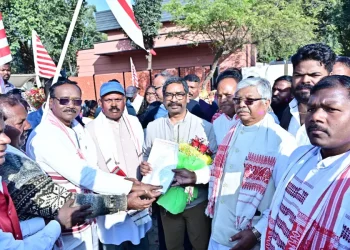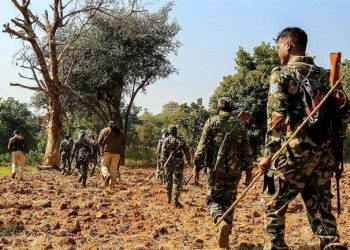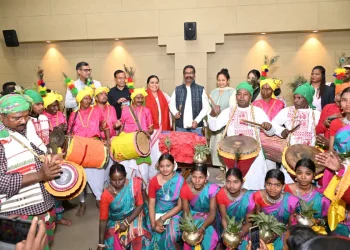Bhopal/New Delhi
Sporting a tattoo, made famous by celebrities, is very common these days and the craze for it as a fashion statement is only increasing by the day.
But for tribals, especially the Baiga women of Madhya Pradesh, for whom tattooing is more a ritual and an identity than a fashion statement, the interest for the traditional art called ‘Godna’ is rapidly declining.
“Godna as an art, it is extant among all the tribals in the State. Gond tribals also sport the Godna but among the Baigas it is more prevalent. The Baiga women have Godnas as they consider it as a general ornamentation. The men do not have it,” Vasant Nirgune tells The Indian Tribal.
Based in Madhya Pradesh’s capital city, Nirgune has written a book on Godna art with the help of the Tagore National Fellowship on Cultural Research that he won in 2013-14.
In his service years, Nirgune was a survey officer at the Adivasi Lok Kala Evam Boli Vikas Academy, which comes under the State Culture Department.
According to the author, Godna is some sort of an identification of a particular tribe. After death too, it stays on the body and gets destroyed with it. “By looking at the Godna, it is possible to identify the tribe. Baigas have different Godnas than the Gonds,” he describes.
Today, Godna is a dying art and there are many reasons behind it: The needles used to make the designs on the body give a lot of pain. Godnas are usually done when a girl child is six years old and with the advent of schools and the modern education system, those who are educated do not want to do it anymore.
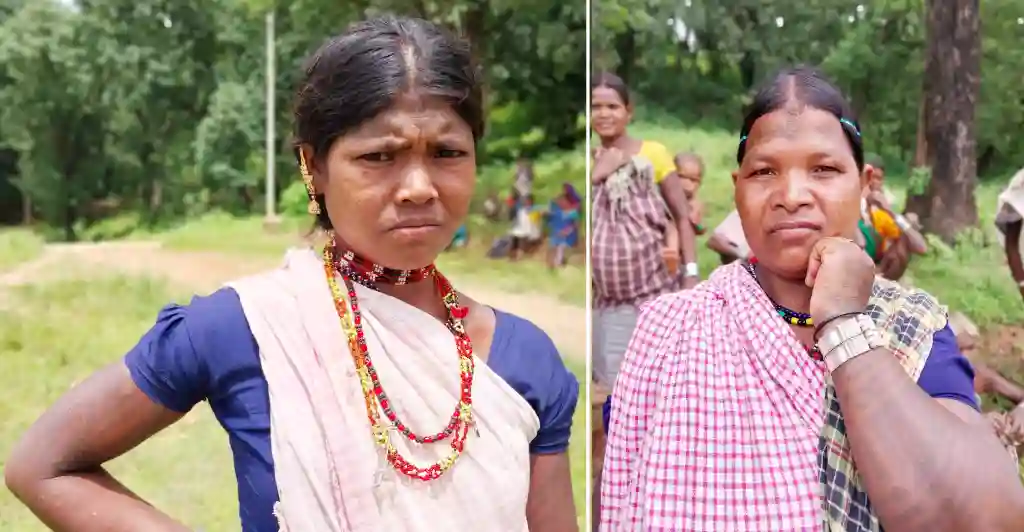
However, traditionally it is believed that women who do not have Godnas are not respected in the society, points out Nirgune adding a girl may find it difficult to get married without it.
Across the world, when a tattoo is being desired by many, the Godna is a dying art. In his book, ‘Bilupt Hoti Janjati Gudna Pratha’, Nirgune has written on Godna in details and what each design symbolises. “I worked on it for two years and have worked for 40 years researching on seven tribes. It is my life’s work,” says Nirgune, who has also written another book on tribal culture.
Godna is popularly made on the entire body. It is easy to identity a Baiga tribal woman by looking at her Godnas. The lines of Godnas are thick among the Baigas. A popular belief is that Godnas protect the body from diseases.
Generally, the Badi community makes the Godnas in every tribe. There is an entire process involved in this. Needles are made and washed. The black colour is derived from Ram til (niger), a kind of oilseed.
“People have lost respect for the Godna art. Tribals think that they are viewed differently if they have Godnas on the body. Besides, it is time-consuming, expensive and painful,” says Balwant Rahangdale, who works for the National Institute of Women, Child and Youth Development, established in 1982.
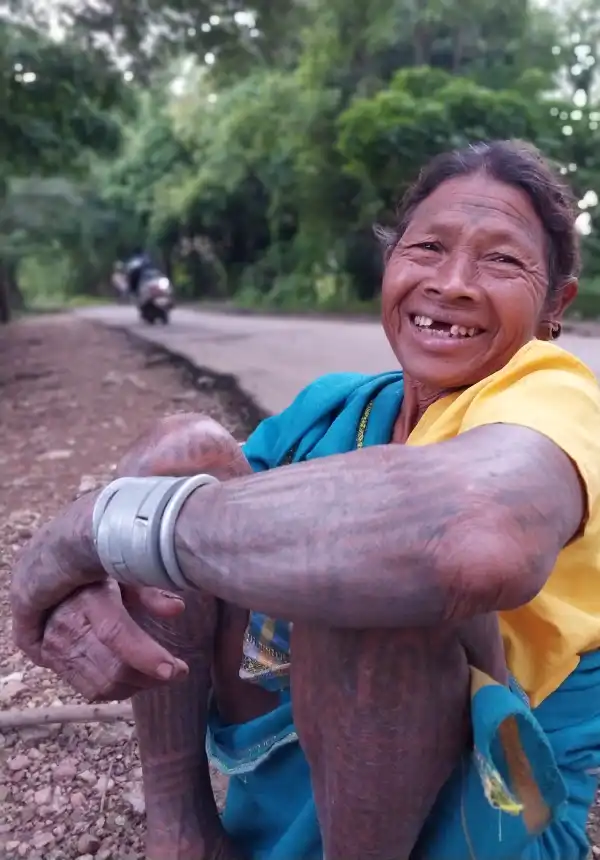
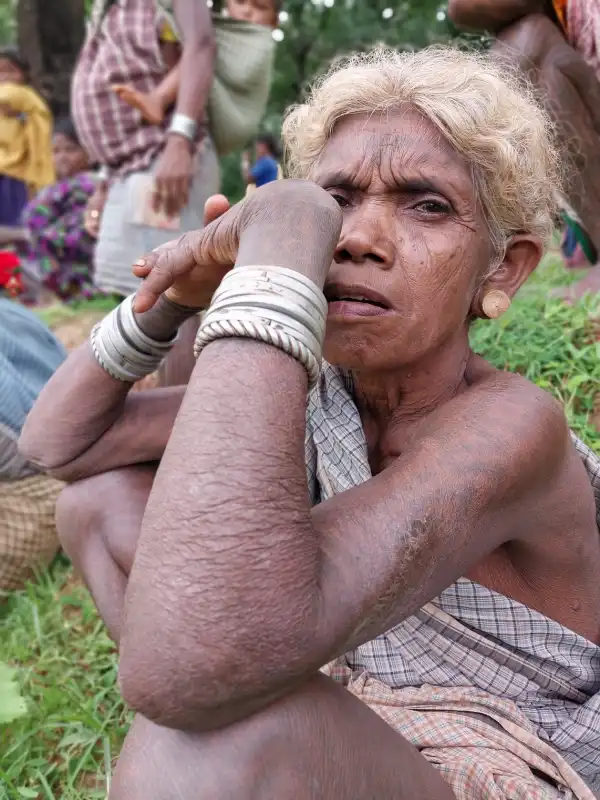
Balwant says the Badi community’s main work was to make Godnas. But youths from this community are not that much into it these days. Godna on a full body costs Rs 5000 and smaller ones on body parts cost Rs 200 to Rs 500. In Madhya Pradesh, Badis and Badnins (women) are found in Lalpur and kikariya, Dindori district, from where Balwant also hails.
“Earlier, the entire body used to be covered. Now, the full body is not covered. In schools, teachers do not view it properly. When they see a Baiga with Godnas, the perception changes. The social aspect plays a huge role behind perception,” Balwant maintains.
Chhattisgarh-based social worker Bhupesh Tiwari, who runs non-profit Saathi Samaj Sevi Sanstha, informs that it is believed generally that Godna signals backwardness.
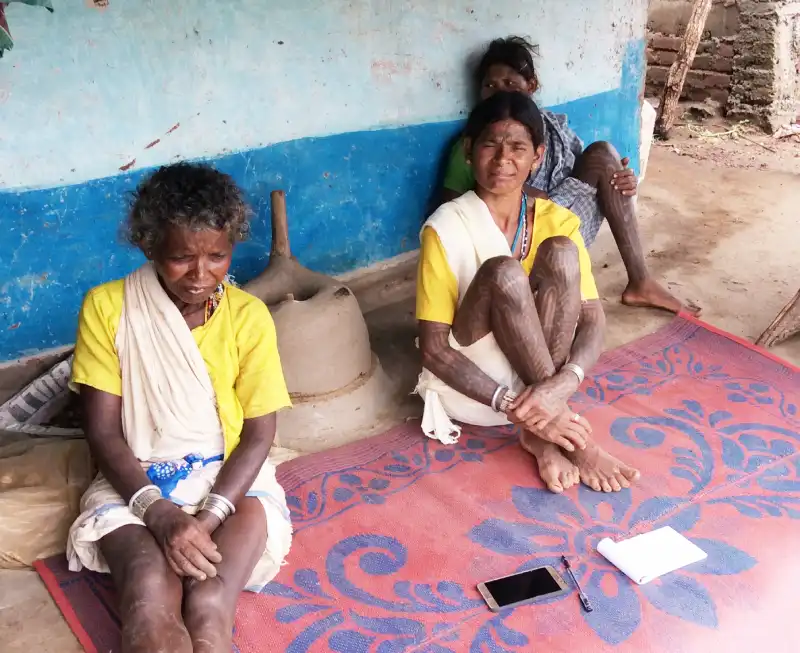
The Godna technique is the same even among non-tribes. The Ramnami community has the tattoos of Ram inscribed all over the body in a technique similar to the Godna. It has been mentioned in the book, Rapt in the Name.
Gopikrishna Soni, who lives in Kabirdham district of Chhattisgarh bordering Dindori, chips in saying the Badi community used to roam the villages in the summer but today Godnas have reduced and some women now do it on their foreheads or hands and feet only. However, the ones living in the Maikal hills area still do Godna all over the body. Soni’s village Damgarh does not have much practice of the Godna as people are mostly educated and a change has come over.
Laxmi Maravi, beat guard from Kanha who also runs a school inside the tiger reserve, said she never felt like doing it. Maravi is from the Gond community. “My mother has Godna on her hands and feet which was made when she was an adolescent. She never told me to do it,” she avers.
As the art has almost vanished in the villages, Godna artists like Mangala Bai Maravi from the Badi-Badnin community in Dindori have taken to canvas to express their creativity. “People derive valuable knowledge from it. I have learnt it from my parents. It has been practised in my family since generations,” she says.
(All Images By Deepanwita Gita Niyogi)











